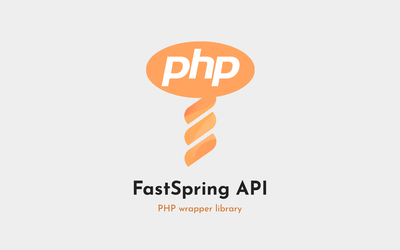Vermin.js
A simple Javascript solution to help eliminate form submission spam on your websites

Project overview
Vermin is a simple script that helps you prevent spam in your website's forms.
It does so by implementing three of the most well-known non-intrusive client-side spam prevention techniques for you.
There three main techniques at play in Vermin's form submission screening:
- Honeypot input
- Timer / submission delay
- Action switching
Each of these techniques can be enabled or disabled by passing the appropriate parameter in the configuration when initializing Vermin. However, as you might expect, the highest level of spam prevention requires all three to be enabled.
Spam prevention techniques
Let's look a how each one of these spam prevention techniques work:
Honeypot input
When Vermin is initialized, a fake input is added to all of your forms. That fake input is hidden from view via CSS, so your regular users won't see it or interact with it. However, robots will often fill every input with no regards to their visibility.
When your form is submitted, Vermin will check if that fake input has been filled, and will deny the submission if it is.
Timer / submission delay
Humans tend to spend some time on a page before they fill and submit a form. Robots usually don't: more often than not, they fill your form automatically and submit it in just a few milliseconds.
When your form is submitted, Vermin will check how long ago the page was loaded, and will deny the submission if it's been less than the defined delay - 2000ms by default.
In the unlikely event that one of your visitors were to fill and submit the form within that delay, a clear error message will them to wait a few seconds and to submit it again.
Action switching
Action switching is the most powerful of all of these spam prevention techniques. However, it is also the only one that requires a bit of work on your end to set up.
Most robots don't execute Javascript, so the other techniques won't help to screen their submissions. The idea with action switching is to set the action attribute of your forms to something bogus, and to then switch that for the real destination via Javascript of the form once the visitor interacts with your form.
You can set this up quite easily with Vermin: simply move your action attribute's value to a different attribute - data-action by default. Then, simply set a bogus URL for your action.


